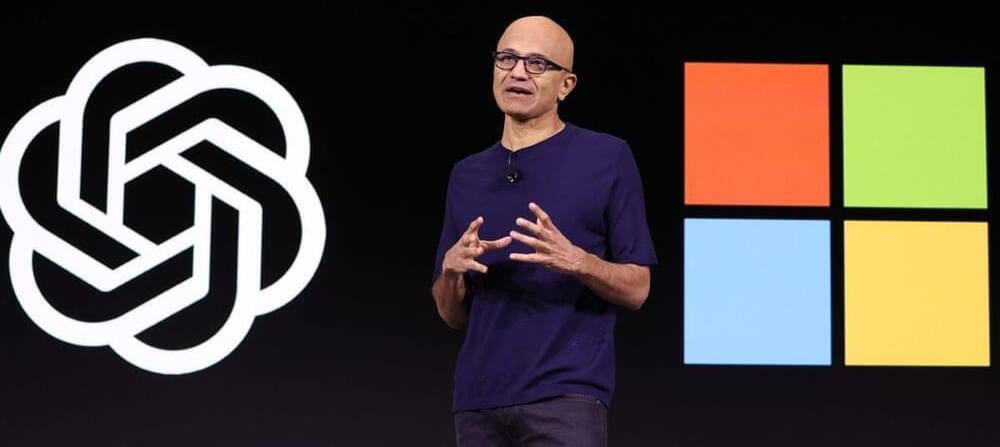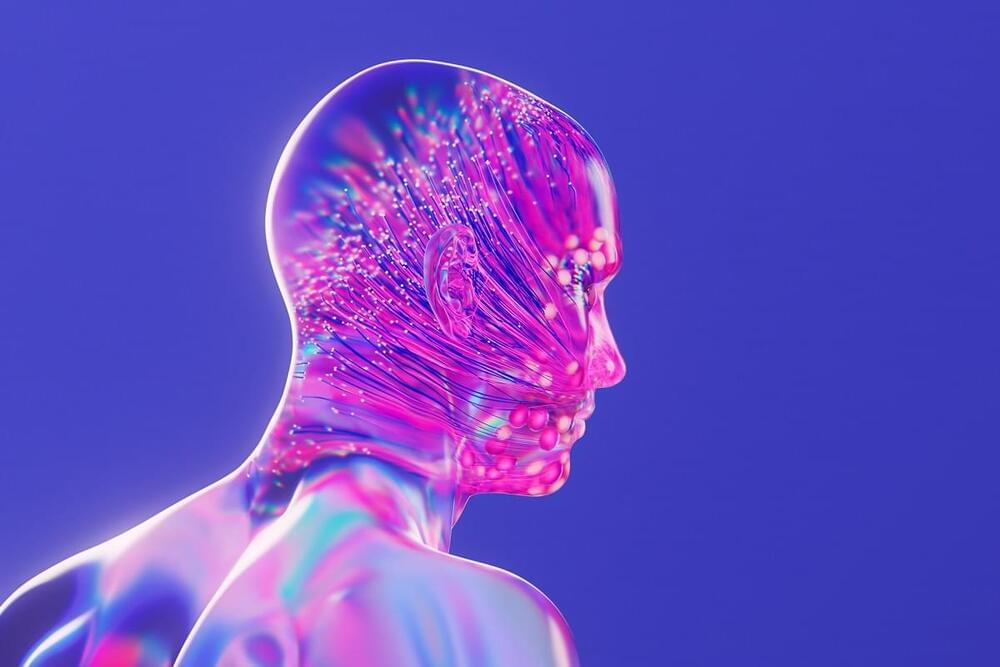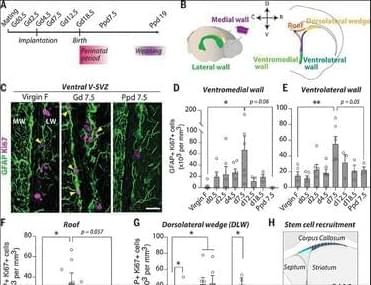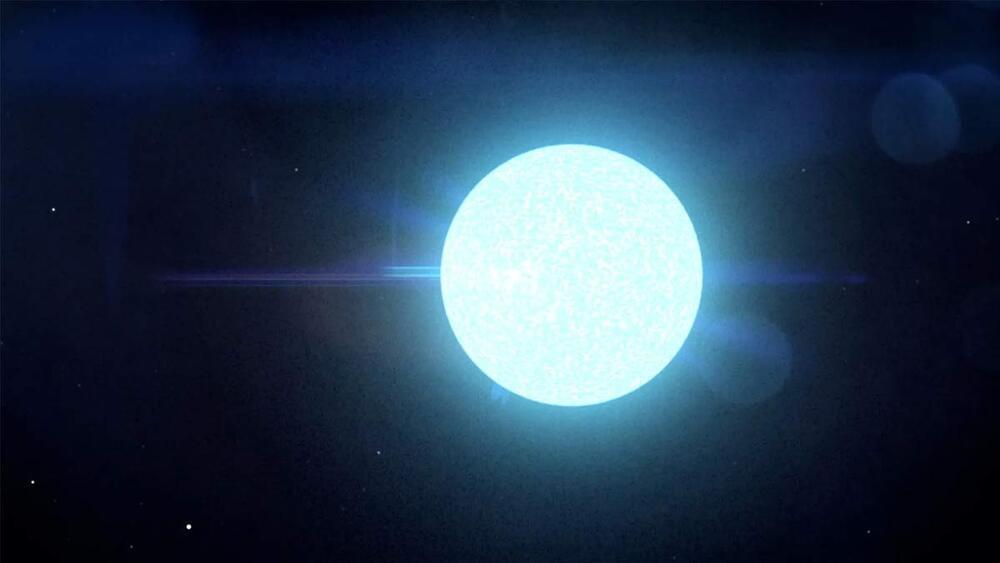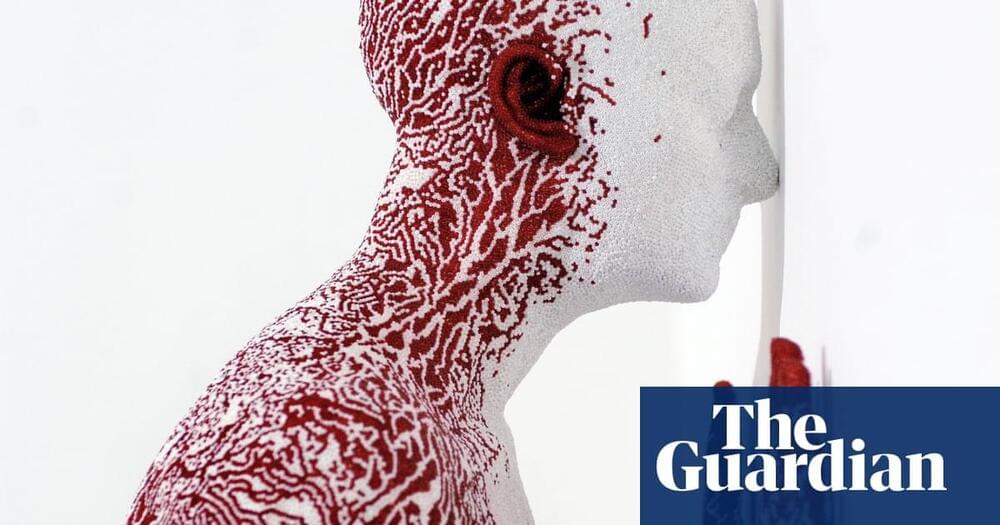The office is no longer just a cubicle— but it’s also not a children’s playground.
Corporate giants often hold pride in their headquarters, its design, and its acclaim among contemporaries. Chinese tech giant Tencent is set to redefine this corporate landscape with plans for its new headquarters, Tencent Helix.
Envisioned by renowned German architect Ole Scheeren of the Büro Ole Scheeren Group, the ambitious project was unveiled on Thursday and promises to be a headquarters of the future, accommodating over 23,000 employees across an expansive 500,000 square meters – almost double the size of Apple’s California headquarters.
Digital renderings shared exclusively with CNN showcase a helix-inspired masterpiece with four towers spiraling out from a central space named the Vortex Incubator. Speaking to CNN, Scheeren emphasized that his swirling vortex geometry, will establish an ecosystem where everything comes together, where work merges into a very collaborative interactive environment.



